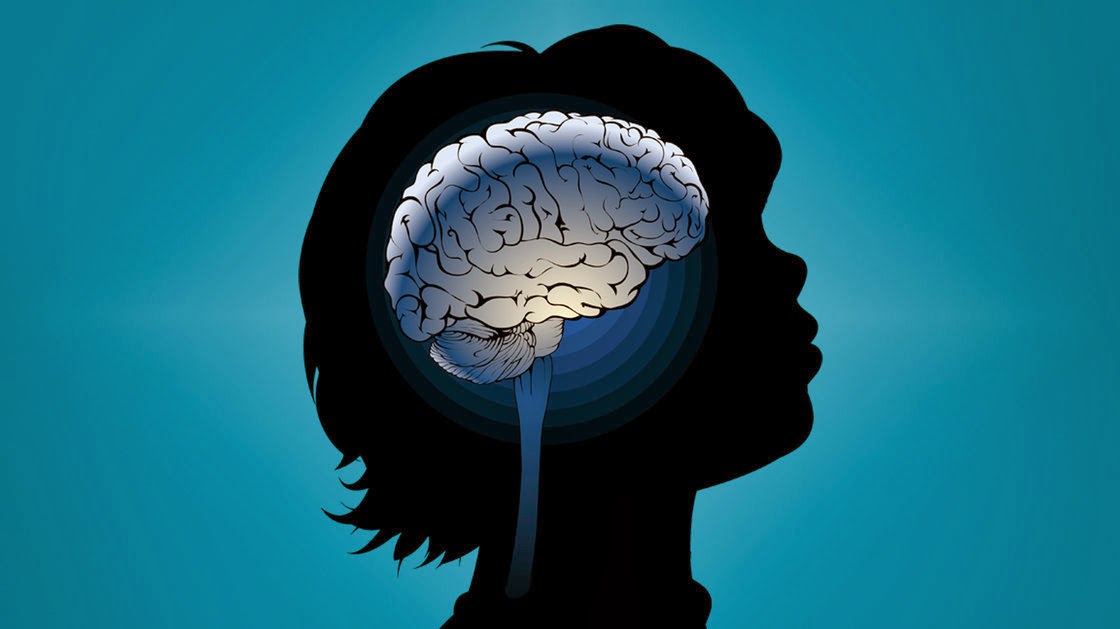The symptoms of autism may not be obvious until a child is a toddler, but the disorder itself appears
to begin well before birth.
Brain tissue taken from children who died and also happened to have autism revealed patches of disorganization in the cortex, a thin sheet of cells that’s critical for learning and memory, in the New England Journal of Medicine. Tissue samples from children without autism didn’t have those characteristic patches.
Organization of the cortex begins in the second trimester of pregnancy. “So something must have gone wrong at or before that time,” says , an author of the paper and director of the Autism Center of Excellence at the University of California, San Diego.
The finding should bolster efforts to understand how genes control brain development and lead to autism. It also suggests that treatment should start early in childhood, when the brain is capable of rewiring to work around damaged areas.
The study grew out of research by Courchesne on development of the cortex in children with autism. In typical kids, the cortex is “like a layer cake,” he says. “There are six layers, one on top of the other, and in each layer there are different types of brain cells.”
Courchesne suspected that these layers might be altered in the brains of children with autism. So he and a team of researchers studied samples of cortex from 11 children with autism and an equal number of typical kids. The cortex came from areas known to be associated with the symptoms of autism.
In the brain tissue from typical children, the cortex had six distinct layers, each made up of a specific type of cell. But in the children with autism, “there are patches in which specific cells in specific layers seem to be missing,” Courchesne says. So instead of distinct layers, there are disorganized collections of brain cells.
Read the whole story at NPR.com






